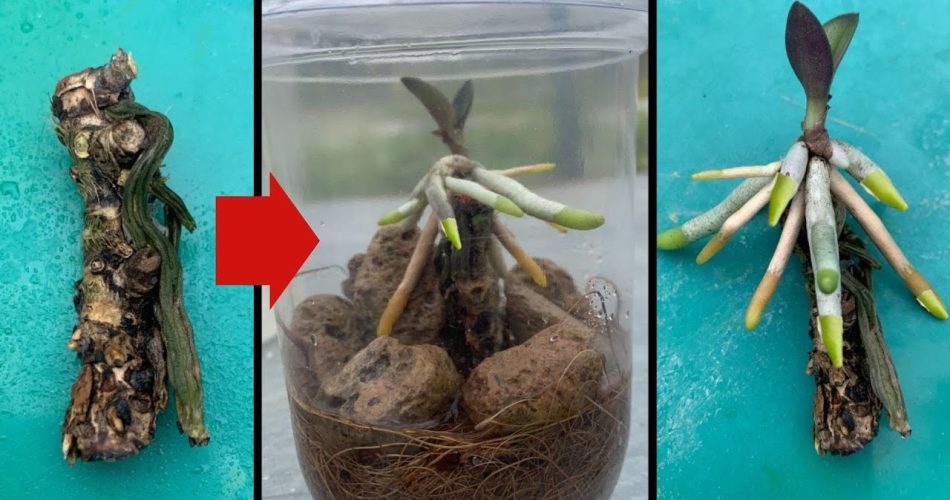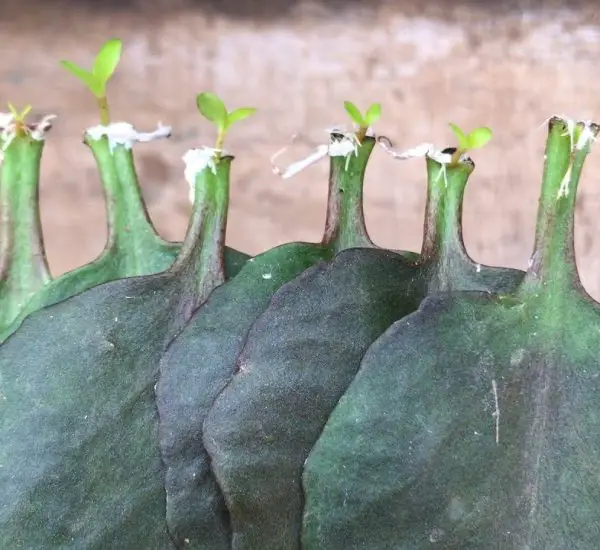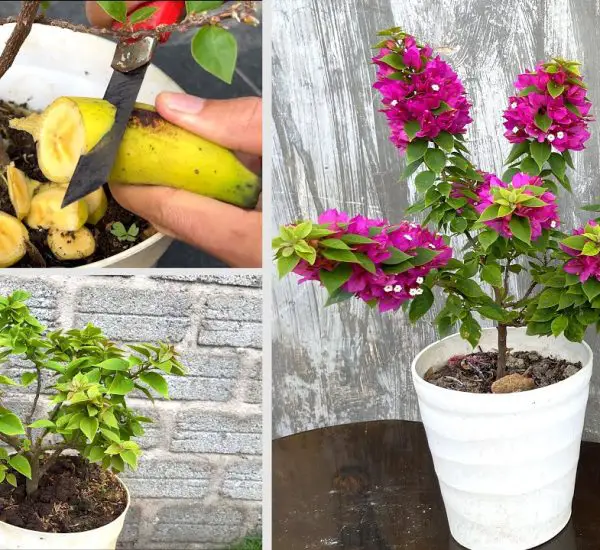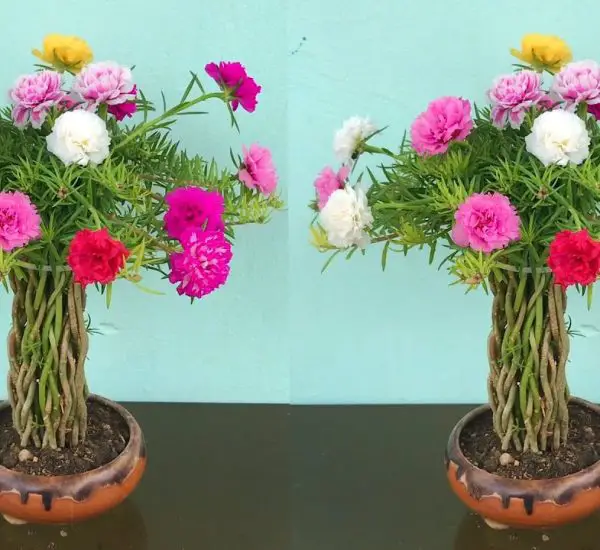“Resurrecting Beauty: Tips to Revive Dead Phalaenopsis Orchids”
Phalaenopsis orchids, renowned for their exquisite and intricate blooms, can face periods of decline, leaving enthusiasts seeking ways to revive these once-vibrant plants. In this article, we explore valuable tips and techniques to breathe life back into seemingly dead Phalaenopsis orchids, offering hope for their revival and a return to their stunning floral glory.
The Challenge of Reviving Dead Phalaenopsis Orchids:
- Facing the Dilemma of Decline: Orchid enthusiasts often encounter the heart-wrenching scenario of a Phalaenopsis orchid in a seemingly lifeless state. While the plant may appear dead, it is essential to recognize that orchids possess remarkable resilience, and with the right care, they can often be revived.
Key Tips for Orchid Resuscitation:
- Assessing the Orchid’s Condition: Before embarking on a revival journey, carefully assess the condition of the orchid. Examine both the leaves and roots for any signs of life, such as green or firm tissues. A seemingly dead orchid may still harbor viable portions that can be coaxed back to health.
- Proper Watering and Humidity: Phalaenopsis orchids thrive on a delicate balance of water. Overwatering can lead to root rot, while underwatering can cause dehydration. Tailor your watering routine to the specific needs of your orchid, ensuring that the growing medium remains consistently moist but not waterlogged.
- Introducing Adequate Light: Adequate light is crucial for orchid health. Place your Phalaenopsis orchid in a location where it receives filtered or indirect light, avoiding harsh, direct sunlight. Adjust the lighting conditions based on the orchid’s response, ensuring it gets the right balance for photosynthesis.
- Pruning and Trimming: Dead or decaying parts of the orchid, including wilted flowers and yellowing leaves, should be pruned away. This allows the plant to redirect energy to viable portions and encourages new growth.
- Reevaluating Potting Medium: Check the orchid’s potting medium. If it appears overly compact or has broken down, consider repotting your orchid using a fresh, well-draining orchid mix. This can rejuvenate the root system and promote healthier growth.
- Implementing a Nutrient Boost: Orchids benefit from periodic fertilization. Introduce a balanced orchid fertilizer, following recommended dilution and application guidelines. This provides essential nutrients to support recovery and new growth.
Monitoring Progress and Patience:
- Observing Signs of Recovery: Patience is key when reviving Phalaenopsis orchids. Keep a watchful eye for signs of recovery, such as the emergence of new leaves or roots. These indicators suggest that the orchid is responding positively to your care efforts.
- Adjusting Care as Needed: Orchids are responsive to changes in their environment. Continuously monitor your orchid’s progress and adjust care practices as needed. Flexibility in care routines allows you to cater to the orchid’s evolving needs.
Reviving seemingly dead Phalaenopsis orchids is a rewarding endeavor that demands patience, care, and a keen understanding of the plant’s unique requirements. By following these tips, orchid enthusiasts can breathe life back into their beloved plants, witnessing the miraculous transformation from decline to vibrant bloom. Embrace the journey of nurturing and reviving your Phalaenopsis orchid, and savor the joy of resurrecting beauty in your botanical sanctuary.



